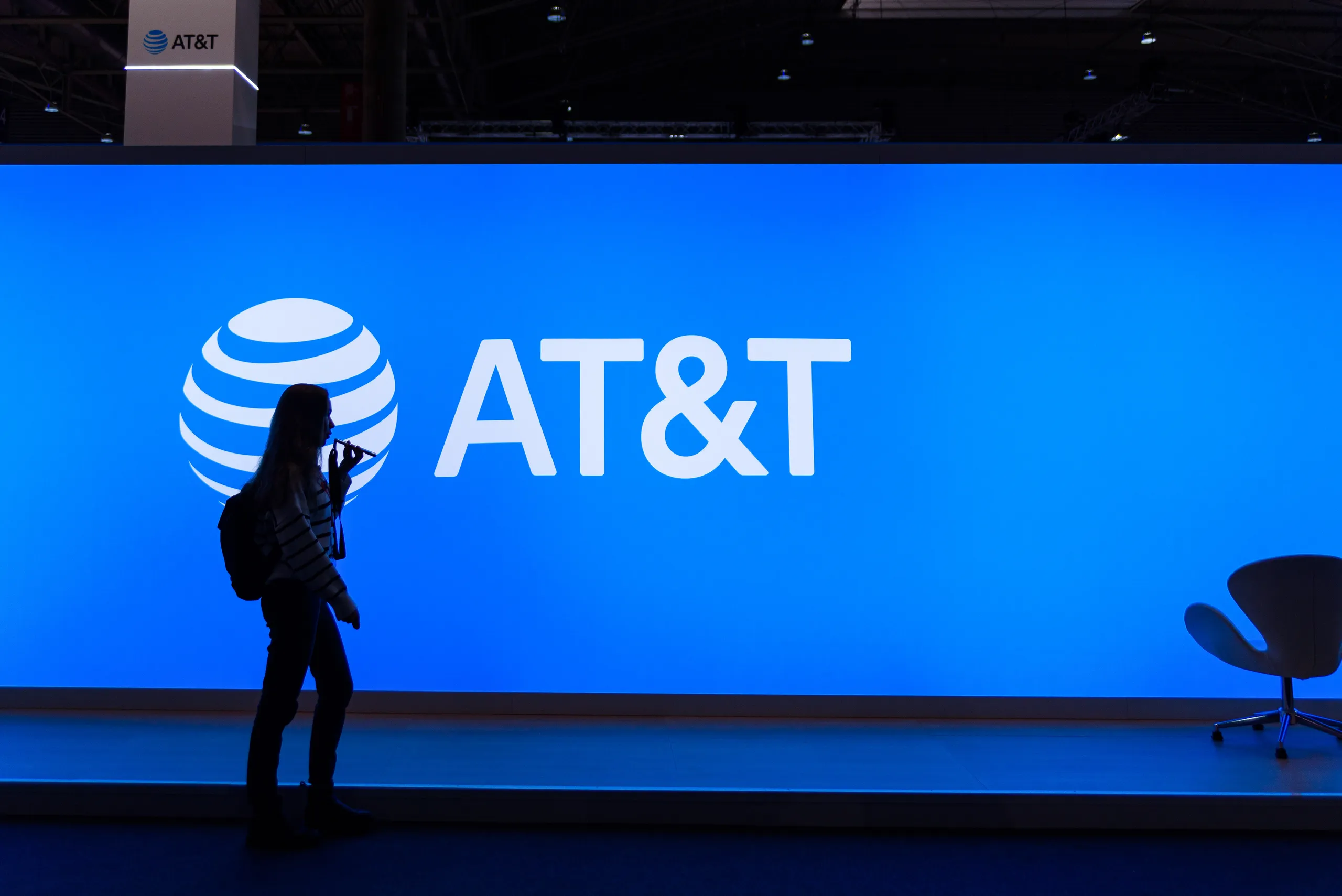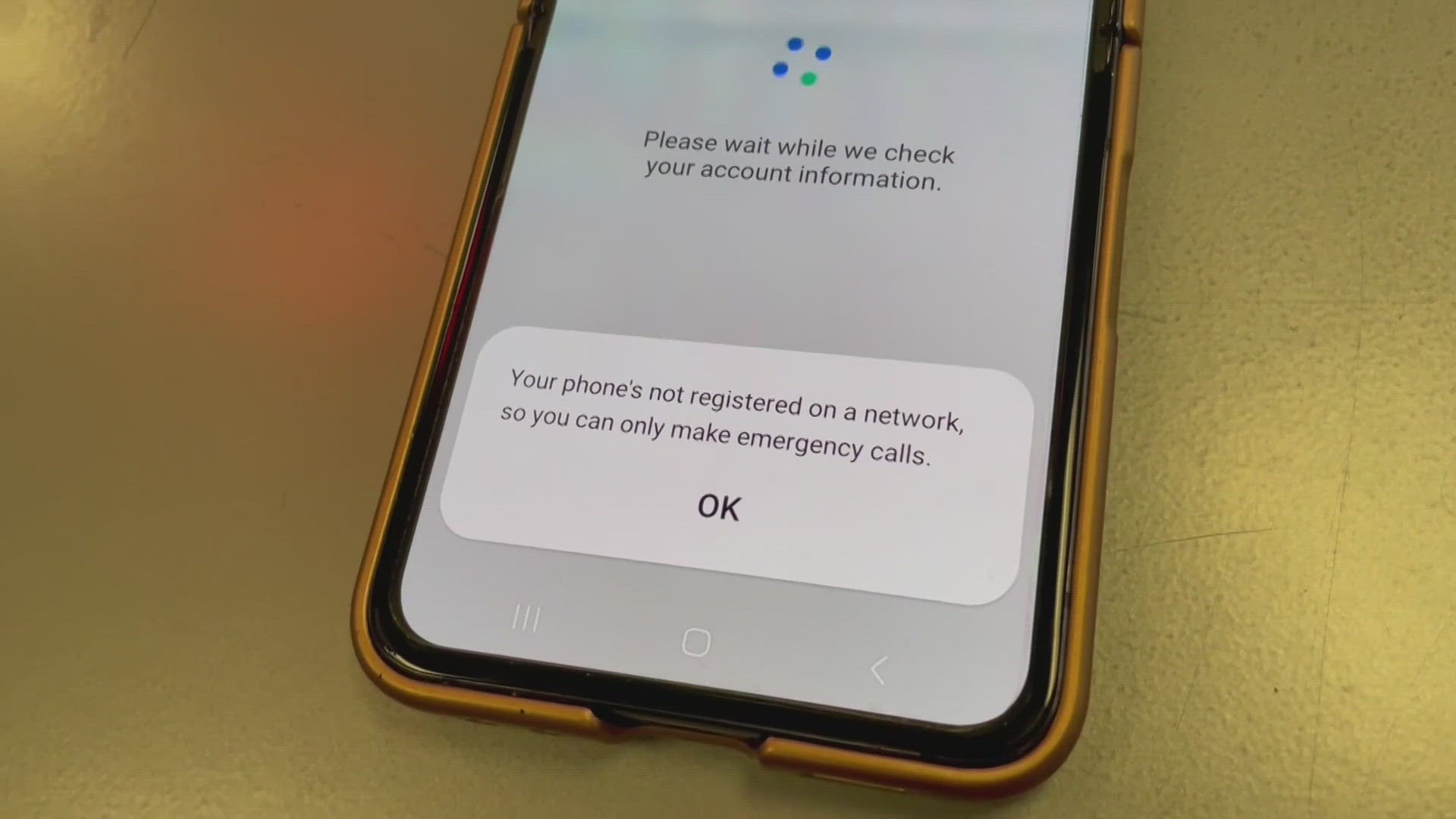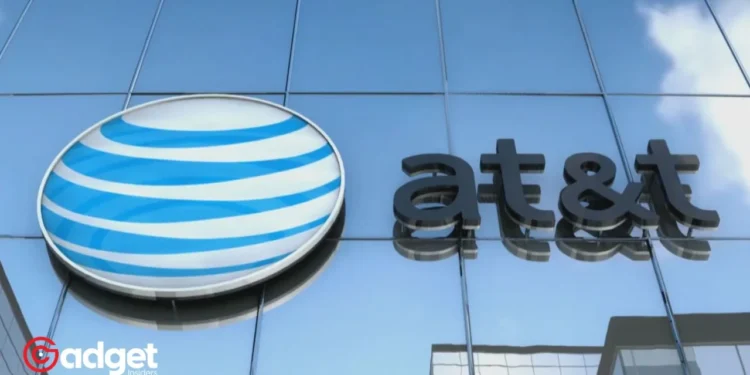In an era where connectivity is as essential as the air we breathe, the abrupt loss of cellular service can cause more than just inconvenience; it disrupts the very fabric of our daily lives. This became a startling reality for over 70,000 AT&T customers who found themselves adrift in a sea of silence early Thursday morning, unable to reach out, connect, or communicate across the United States.
The incident, which initially appeared to be a multi-carrier catastrophe involving giants like Verizon and T-Mobile, later unfolded to be a dominantly AT&T-centric ordeal, casting a shadow of uncertainty and frustration over its vast user base.

AT&T: The Dawn of Disconnection
As the sun rose, reports flooded in from distressed AT&T customers facing what is now being termed a nationwide cellular outage. The service monitoring giant, Downdetector, illuminated the scale of the disruption, marking an alarming spike in outage reports beginning around 4 am Eastern time.
From coast to coast, users found themselves staring at screens displaying the ominous “SOS,” a modern-day distress signal indicating the inability to establish a network connection. The disruption wasn’t just a minor glitch but a significant interruption that severed the lifeline of communication for thousands.
AT&T: The Search for Answers
In the wake of the outage, AT&T was quick to acknowledge the issue, assuring customers that restoring service was their top priority. The advice was to lean on Wi-Fi calling as a temporary lifeline until the network could be resuscitated.
Meanwhile, competing carriers Verizon and T-Mobile found themselves entangled in the chaos, with customers mistakenly reporting outages due to the inability to connect with AT&T lines.
AT&T Customers Unaware Of Network Outage Since They're Used To Not Having Cell Signal https://t.co/Gv6d8GjImy pic.twitter.com/fXtZ3owAyu
— The Babylon Bee (@TheBabylonBee) February 22, 2024
The cause of the outage, however, remained shrouded in mystery. Speculations arose, with an industry insider suggesting to CNN that the culprit might be the intricate dance of network-to-network “peering,” the process through which calls are handed off from one carrier to another.
This hint at a systemic issue raises questions about the fragility of our interconnected world and the domino effects that can emanate from a single point of failure.
The Ripple Effect
The implications of the outage transcended mere inconvenience, touching on the critical issue of emergency services accessibility. With cities like Chicago and Charlotte, North Carolina, raising alarms over the potential risks to 911 call accessibility, the outage underscored the vital role cellular service plays in public safety.
It’s a stark reminder of the digital thread that ties us to emergency services, a thread that, when severed, can leave individuals vulnerable in times of crisis.

Restoration and Reflection
By late Thursday morning, AT&T’s efforts to mend the network bore fruit, with reports confirming the restoration of service for the majority of its network. The Federal Communications Commission, alongside other federal bodies, engaged with AT&T to untangle the events leading to the outage.
Yet, as service flickers back to life across the nation, the incident leaves behind a trail of questions about preparedness, the robustness of our digital infrastructure, and the unseen vulnerabilities that lurk within the complexities of modern telecommunications.
In an age where connectivity is synonymous with existence, the AT&T outage serves as a sobering reminder of our dependency on digital lifelines. As we move forward, the incident not only calls for a thorough investigation but also a collective effort towards strengthening our digital infrastructure, ensuring that when the next disruption arrives, we’re better prepared to face the silence.










